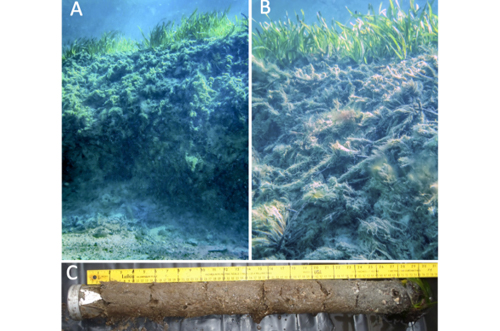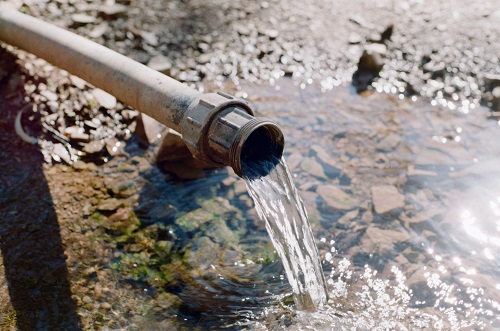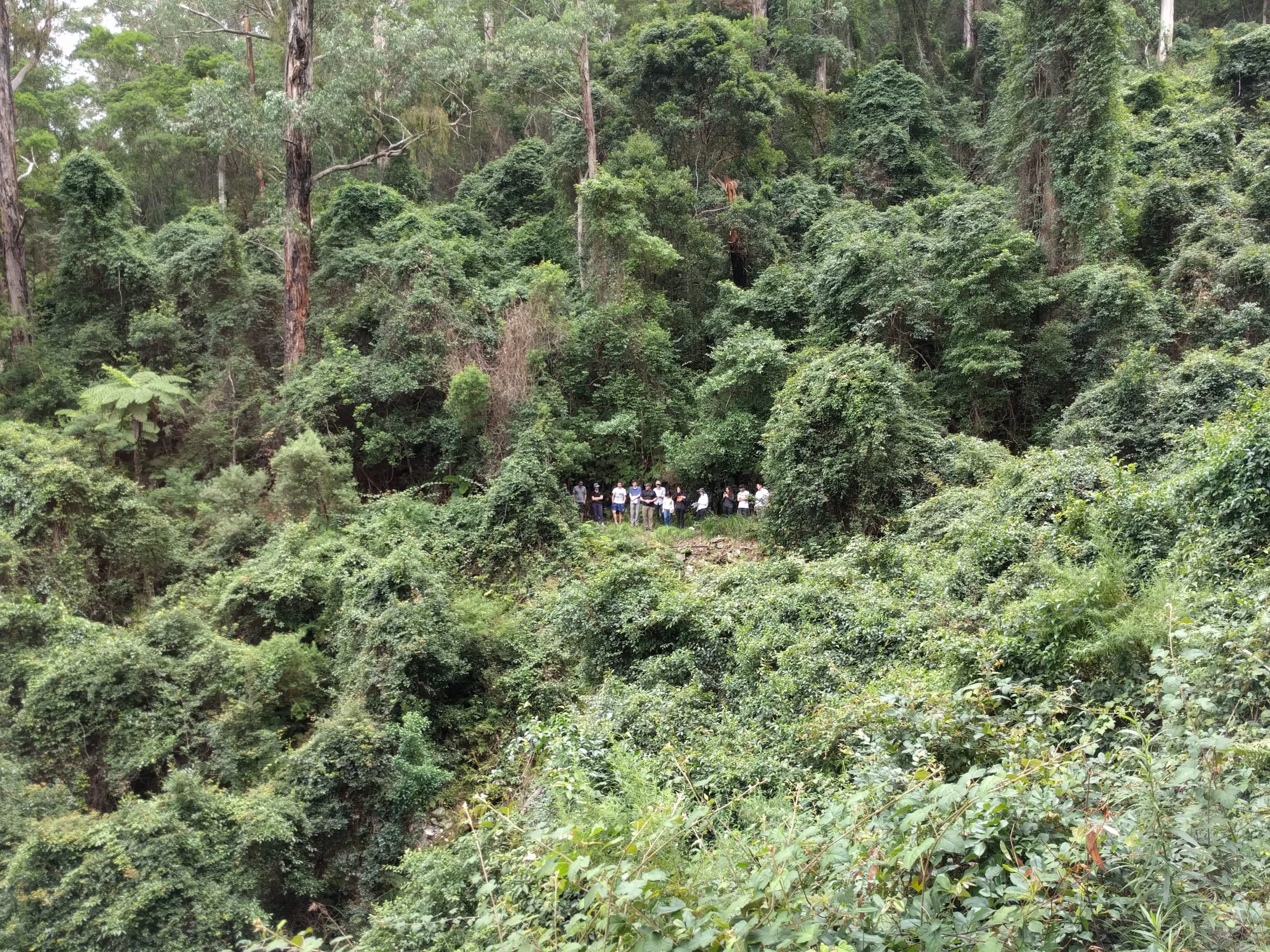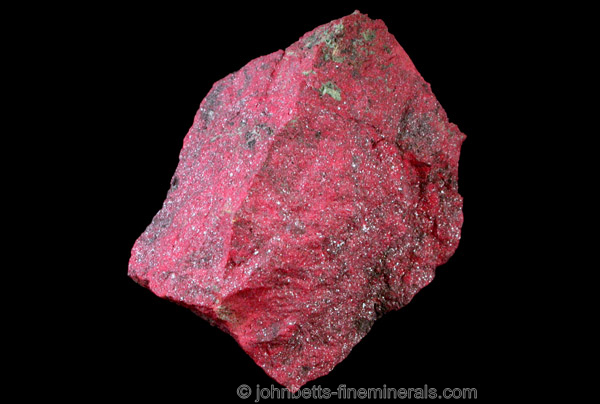Natural archives can be used to reconstruct the trends of mercury (Hg) fluxes over temporal and spatial scales. However, the majority of studies have been carried out in the Northern Hemisphere, with only a small
Millenary environmental record of mercury concentration in Australian coastal waters






Twitter